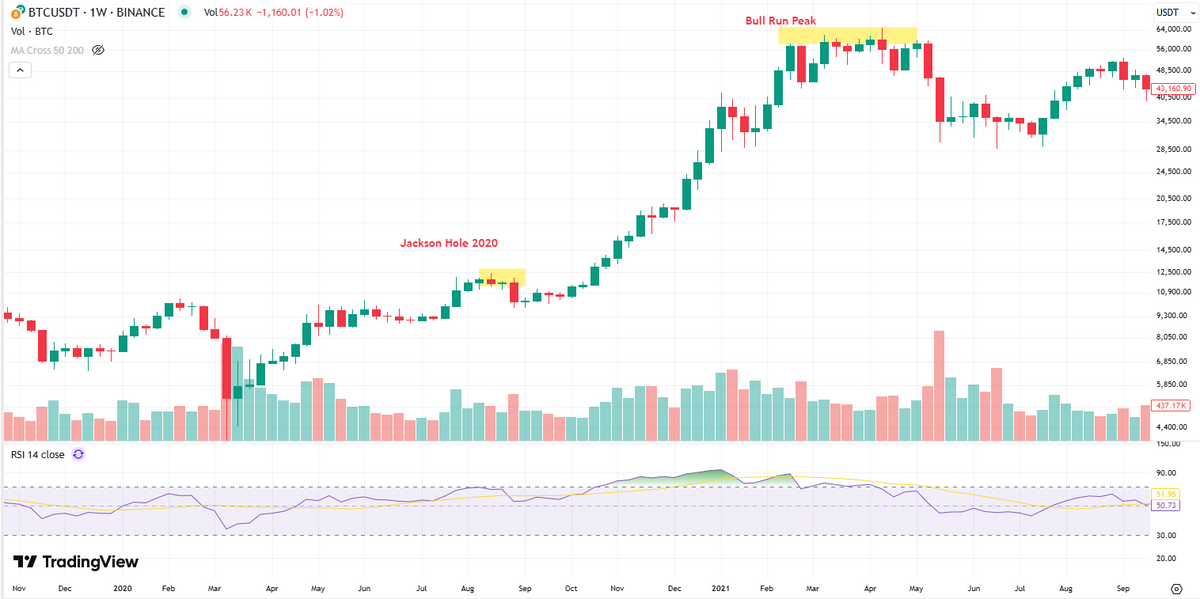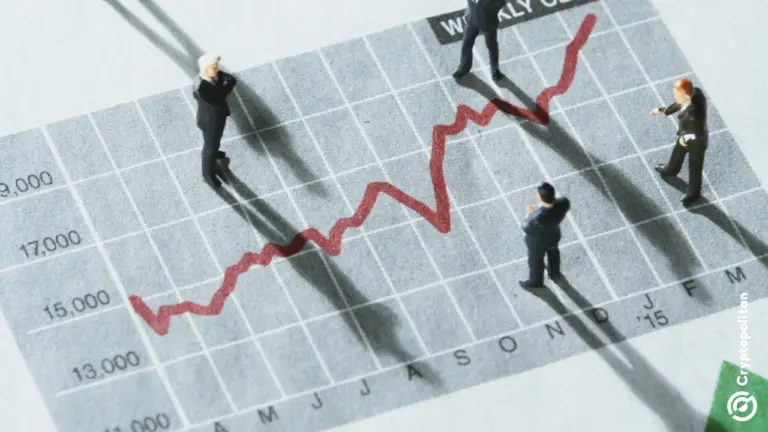Bitcoin Drops Sharply Amid Massive Liquidations
- Bitcoin hits 11-day low; $500M in market liquidations.
- US Treasury policies contribute to market uncertainty.
- Chainlink outperforms, defying broader market downturn.
Bitcoin fell to an 11-day low, triggered by $500 million in market liquidations, US Treasury announcements, and macroeconomic factors, causing widespread concern among investors.
This downturn highlights market volatility amid policy shifts, influencing investor confidence and reinforcing the unpredictable nature of cryptocurrency investments.
Main Content
Bitcoin’s price dropped to an 11-day low, with market liquidations reaching approximately $500 million. The sell-off was influenced by macroeconomic data shocks, US Treasury actions, and a leverage flush through major crypto exchanges.
US Treasury Secretary Scott Bessent announced a strategic Bitcoin reserve utilizing confiscated assets. The Treasury also signaled a halt in further accumulation, creating widespread concern and volatility. The market reaction intensified with confirming reports of substantial liquidations. As Bessent stated:
“The Treasury is establishing a bitcoin reserve using confiscated assets, but is not expanding direct government purchases at this time.”
The market downturn led to a sharp decline in major cryptocurrencies, but Chainlink stood resilient. While Bitcoin and Ethereum saw significant losses, Chainlink appeared stable with potential price appreciation during such turbulent times.
Bitcoin’s previous cycles suggest a pattern of post-halving rallies, followed by market corrections. Notable figures like Robert Kiyosaki expressed their readiness to increase holdings despite the decline, indicating some investor confidence in the long-term potential of the crypto market.
Treasury remarks have driven significant discourse within the community, sparking concerns and discussions around fiscal policies impacting the crypto space. Insights suggest possible regulatory changes could arise, affecting technological advancements within the crypto industry. Historical data shows recurring patterns of market movements, indicating potential trends investors may ponder amid such volatility.
Bitcoin tends to see summer rallies, followed by a September crash and a Q4 cycle peak,” shared Benjamin Cowen . The Treasury’s actions add layers of complexity to this evolving narrative.
Disclaimer: The content of this article solely reflects the author's opinion and does not represent the platform in any capacity. This article is not intended to serve as a reference for making investment decisions.
You may also like
Jackson Hole 2025: Will Powell Spark Another Crypto Bull Run?

Kanye West YZY memecoin hits $3B, but falls after insider concerns

Asian markets remained mixed while oil extends gains into second day
Share link:In this post: Asian markets stayed mixed as investors await signals on US interest rates, while EU stocks slipped. Oil prices rose for a second straight day after US crude stockpiles fell sharply and gasoline supplies kept dropping. Brent crude stayed above $67 a barrel but remains down over 10% this year with oversupply fears lingering.

US and European Union have reached a trade deal – Here are the terms
Share link:In this post: The US and European Union have finalized a trade deal, easing tariff tensions and securing new commitments on industrial and agricultural goods. Washington agrees to lower auto tariffs to 15% once Brussels enacts reductions, while Europe pledges $750B in US energy purchases. The pact also covers digital trade, climate rules, and sustainability regulations, aiming to prevent barriers for transatlantic businesses.
